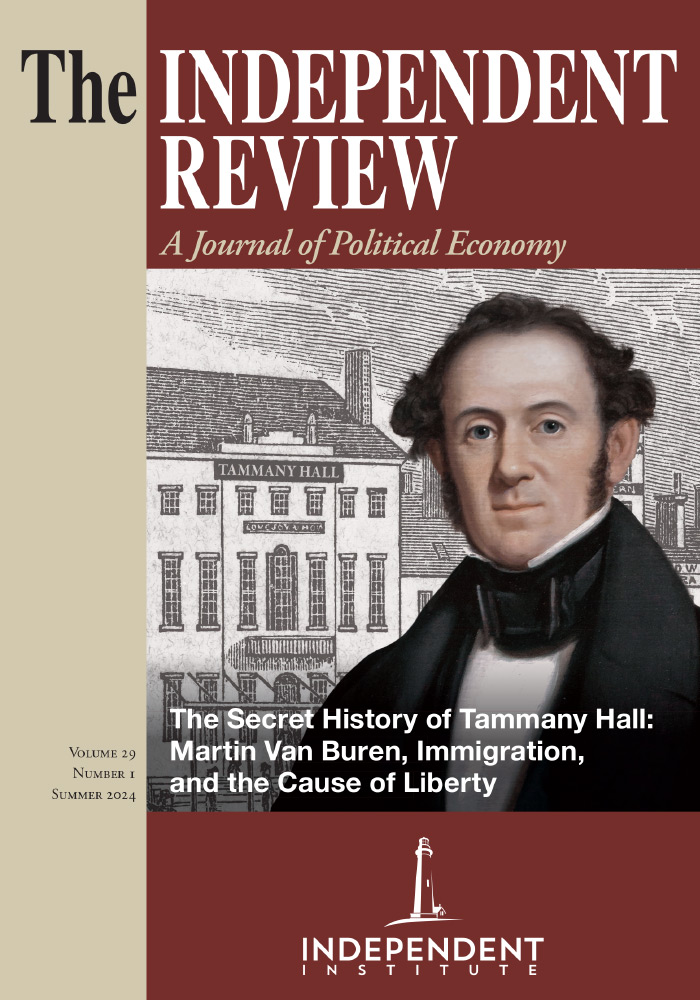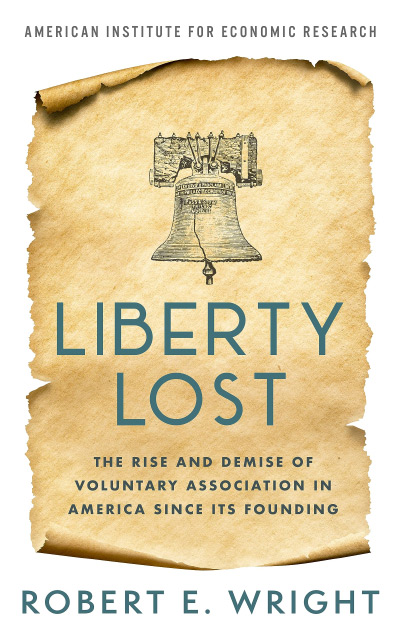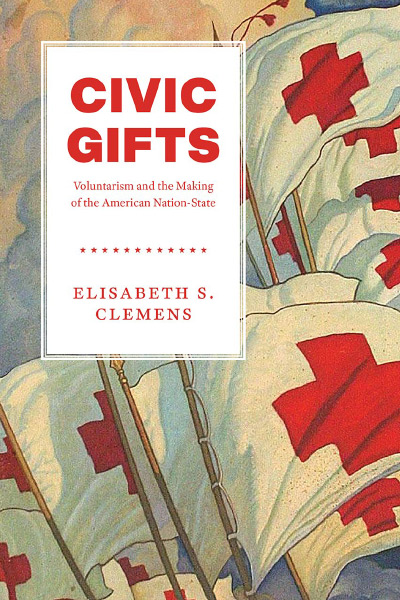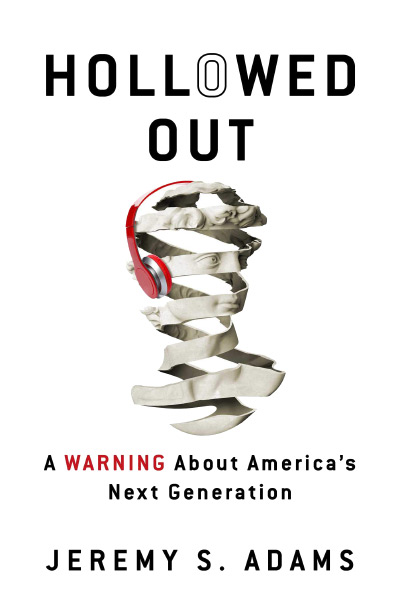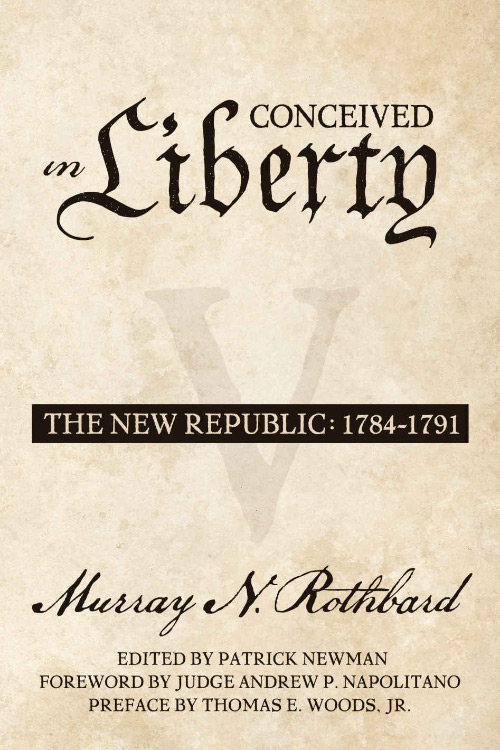When writing my book on freedom of association, I often wished for a thorough history of the voluntary association in America to reference and cite, but no such history existed. Robert Putnam’s work is well known and helpful in evaluating the voluntary association in the twentieth century, especially in terms of associational decline. But what about the founding era? What was Tocqueville’s America really like in an empirical sense? What about after the Civil War? Or the Progressive Era?
That history has finally been written.
Robert Wright’s Liberty Lost: The Rise and Demise of Voluntary Association in America Since Its Founding is a masterful work of historical and legal scholarship. I say historical because he chronicles the rise of different types of voluntary associations, and legal because he pays special attention to the variety of legal forms these associations have taken.
We can identify three general motivations for institutional action: profit, power, and the “urge to serve.” Businesses seek profit and general social benefits result. Governments exercise power, ideally, according to rule of law and constitutional constraints. Voluntary associations, the Third Sector, open space to focus the “urge to serve” and direct resources toward useful and charitable ends in an environment subject to something like market conditions. The story of the voluntary association is the story of social entrepreneurship, the creation of social inventions. Wright calls them “liberty incarnate” (p. 13). Voluntary associations provide the versatile mode through which this freedom of action can take place in what Arthur Schlesinger called a “nation of joiners.”
The arena of the voluntary association is a difficult one to study. We tend to miss it by collapsing voluntary associations into the spheres of profit and power. The reason for this lies in both the progressive penchant for statism and the conservative proclivity for taking the institutional realm for granted. Progressives tend to abuse civil society associations because they want to coopt them for their own strictly political program and classical liberals and conservatives tend to ignore the socially stabilizing work voluntary associations perform apart from the strictly political and economic benefits they produce. The result is that we know less than we should about voluntary associations and we assume more than we should about their ability to survive and thrive in hostile political and economic environs. Just as corporations need an environment friendly to business, rule of law, protection for property, and the like, and governments need a pre-political environment friendly to the stable exercise of political power, so voluntary associations need an economic, political, and social environment conducive to their own thriving.
For more than two centuries, American social ills found their remedy repeatedly in the work of voluntary associations. While even the Romans would associate in dinner and wine clubs, Christianity with its peculiar understanding of the corporate body of individual Christians aggregated into the body of Christ as distinct from the political order gave the corporate form a real presence that spread first to associated charities and then to other associations. Such groups, whether incorporated or not, are something socially real in themselves. They are more than the sum of their individual parts, amplifying individual impact and transforming their membership through community toward socially beneficial and charitable ends.
During the eighteenth century, voluntary associations grew in number and membership. Universities, “hospitals, orphanages, and learned societies as well as debate societies, bell ringing associations, and supper clubs” (p. 51) in addition to Catholic charities, orphanages, workhouses, and almshouses checkered the lands that would later become the United States. Benjamin Franklin founded the American Philosophical Society in 1743. As in many things, he was the quintessential American in this arena.
The turmoil of the War for Independence contributed to the plethora of associations. The plain benefit of voluntary associations was obvious. They had already yielded social dividends. The Sons of Liberty, Committees of Correspondence, and the like formed in light of the crisis with England, demonstrating the effectiveness of formalized, but unofficial, channels of associational action. The sense developed that whenever a problem presented itself, founding a new organization was the likely way to solve it. This was the impetus behind the founding of the country and, frankly, the founding of many of the original colonies and many New England towns. Furthermore, these voluntary associations were quintessentially republican. Wright explains (p. 13),
Early American nonprofits tended to be organized along horizontal or fraternal lines. Many even called themselves “fraternal societies.” By contrast, governments were organized vertically, or along paternal lines. The first treated individuals within the association as equals; the latter, even if it rhetorically referred to them as citizens, considered individuals to be subjects.
What’s especially interesting is the potential legal forms associations could take. Often they required charters from the state legislature, which were all but pro forma. They could take the form of trusts, joint stock companies, and various unincorporated arrangements. The legal environment in America tended to be more friendly to the rise of charities even than England where the common law and Parliamentary codifications protected donor intent for trusts and other charities. This was true more so in the North than the South, where slave owners tended to suppress the Third Sector because it would empower poor whites, a fact that ought to give pause to any and all efforts, intentional and unintentional, to constrict voluntary associations.
Voluntary associations were even more diverse in their purposes. Religion played a major role, of course. Churches were often voluntary associations in America, especially after the founding and the disestablishment of established churches, as were the charities they spawned, including orphanages, educational institutions, and various ecumenical organizations that advocated Sabbath days of rest and the like. Self-improvement societies date from at least Franklin’s founding of Junto in 1727. In the nineteenth century, these included all sorts of libraries and literary societies, lyceums, hospitals, and other learned associations. These were popular and held to be essential for the enlightenment of the populace and, indeed, normal people opted into them in droves for reasons of self-enlightenment and self-education. Cooperative improvement societies for immigrants, mothers, laborers, and others arose alongside various fraternities and sororities. The point of these was advancing a particular group in society through mutual aid. Finally, social reformation societies sought prison reform, abolition of slavery, temperance, and the elimination of other vices. Every side to every issue, every problem, ever virtue, every vice, had its own association.
These groups were not trouble free. They encountered problems of free riding, for example. Groups had to raise money both by demonstrating their effectiveness, but also their need. A tough balance to strike. These groups could also pursue socially damaging ends. Some social reformation efforts amounted to meddling rather than reform. In general, voluntary associations thrived because Americans understood the tenuous nature of existence. Anyone, no matter how seemingly secure and riding high at the moment, could find himself “under the cart” in the next and in need of the charitable work of voluntary associations. The impetus to give money, time, and energy seemed stamped ineradicably on the American character.
Unfortunately, as we all know, the Third Sector is in decline and has been since the New Deal. This bodes ill for all of us, but especially the least among us. Wright explains, “Instead of limited government and unlimited civil society, Americans now live with an increasingly unlimited government and an increasingly limited civil society” (p. 379). The reasons for this are legion. They include the collapse of un-enumerated Constitutional rights to economic activity and the decline of sole proprietorships. As the labor force increased, judges started to conceive workers as a mass of quasi-slaves needing protection from oppressive masters rather than a sea of small and independent businessmen needing protection for their free and voluntary activity. In the wake of depression and war, the federal government increasingly entered the realm of civil society, coopting a great deal of the functions once left to voluntary associations. Quasi-public and government nonprofits increased proportional to the decrease of private nonprofits. Voluntary associations staggered on for a few decades, but began a precipitous decline in the 1970s, their function and authority coopted, and their existence rendered purposeless. “America transformed from a nation of joiners to a nation of loners” (p. 358).
Wright muses, “If the merger of state and volunteer led to something greater than either, all would be well. But it appears that the merger has rendered fiscally dependent nonprofits into entities as ineffectual as the government” (p. 381). For nearly a century, we have seen political power as the universal panacea. It isn’t. Neither is the voluntary association, but it is the best option for many of the social ills that plague a people. A variety of internal and external mechanisms and incentives drove voluntary associations to efficiency, balancing effective work with fundraising and ensuring the eventual defunding of ineffective associations. The Third Sector stumbles forward in the same way businesses respond in an imperfect way to price mechanisms and other changing circumstances, or governments to shifting political and domestic circumstances. None of these institutions in their respective sectors is perfect, but they are situated appropriately to be the best option for solving economic, political, and social problems respectively.
The results of the decline of the voluntary association are politically significant—and devastating. Wright explains (p. 380–1),
One reason that it seems like America has become increasingly politically polarized in recent decades is because so much that used to be handled in nonpartisan ways in civil society is now under the de facto, if not de jure, purview of the government, and hence is decided in the political arena instead of in the market for voluntary donations.
Where once charitable and other various social activities were simply the result of neighbors, friends, and fellow travelers working together, now they are the result of political actors attached to partisan labels. Wright tells us how and why it became this way and, thereby, how and why we might reestablish something else.
| Other Independent Review articles by Luke C. Sheahan | |
| Fall 2022 | Free Speech: A History from Socrates to Social Media |
| Spring 2018 | The Soul of the First Amendment |

